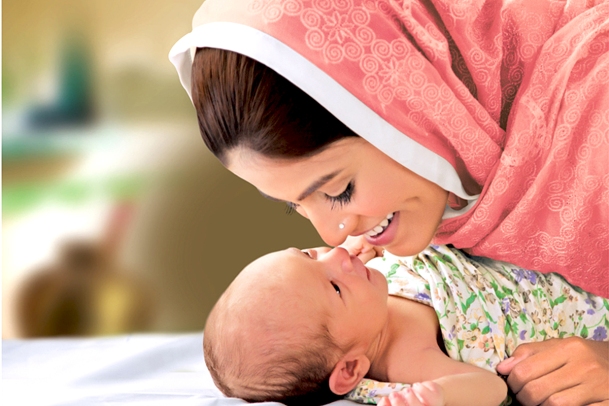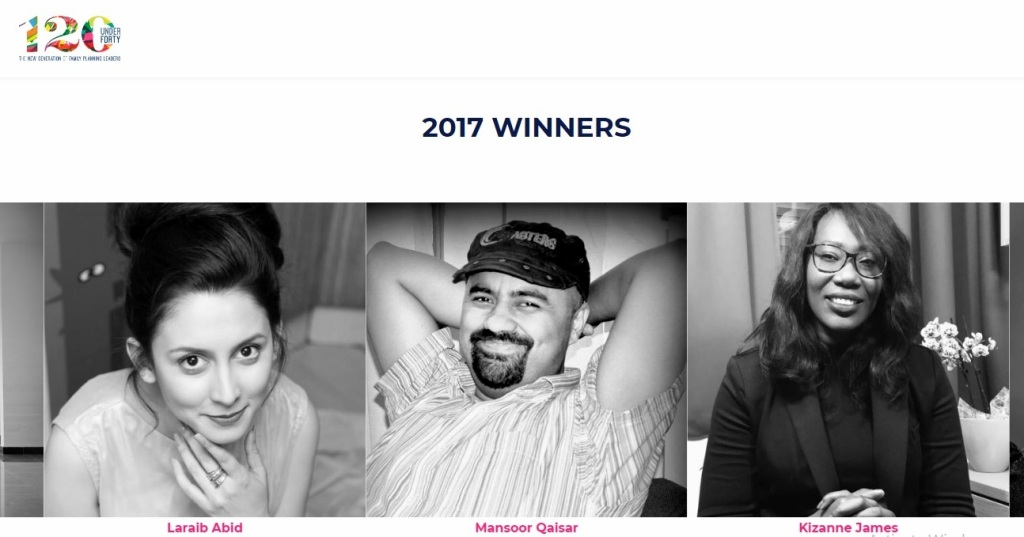Overweight and obesity are defined as abnormal or excessive fat accumulation that presents a health risk. A body mass index (BMI) over 25 is considered overweight, and over 30 is obese. According to the World Health Organization (WHO), the issue has grown to epidemic proportions, with over 4 million people dying each year as a result of being overweight or obese in 2017. Rates of obesity continue to grow in adults and children. From 1975 to 2016, the prevalence of overweight or obese children and adolescents aged 5–19 years increased more than four-fold from 4% to 18% globally.
Once considered a problem only in high-income countries, overweight people and obesity are now dramatically on the rise in low- and middle-income countries, particularly in urban settings. The vast majority of overweight or obese adults and children live in developing countries, where the rate of increase has been more than 30% higher than that of developed countries.
According to the WHO, 58 percent of Pakistani people are overweight and 44 percent of the population is suffering from obesity. These are fresh figures suggesting an alarming trend. Health professionals and practitioners described the study as a “wake-up call” and called for promoting a healthy lifestyle including the importance of daily exercise, consumption of healthy food, and educating adults and young children about the need for taking part in physical activity and avoiding junk food.
Common treatments include losing weight through healthy eating, being more physically active, and making other changes to our usual habits. Weight-management programs may help some people lose weight or keep from regaining lost weight. Some people who have obesity are unable to lose enough weight to improve their health or are unable to keep from regaining weight. In such cases, a doctor may consider adding other treatments, including weight-loss medicines, weight-loss devices or bariatric surgery.
Here, it is important to understand that in the present age, human life is often structured in such a way that people do not have enough time for physical exercise, running, morning or evening walk. Most people want to lose weight and stay healthy without any physical exertion.
The keto diet is a good approach for today’s hectic life: it can be easily adopted and it is helpful not only for weight loss but also provides a generally healthy lifestyle.
Interestingly, the keto diet was accidentally discovered in 1862 by a Victorian-era funeral director named William Banting who lost 52 pounds on a diet of cordial and meat. The keto diet was originally designed not for weight loss, but for epilepsy. In the 1920s, doctors realized that keeping their patients on low-carb diets forced their bodies to use fat as the first-line source of fuel, instead of the usual glucose. When only fat is available for the body to burn, the body converts the fats into fatty acids, and then into compounds called ketones, which can be taken up and used to fuel the body’s cells.
For weight loss, today’s keto diets are the descendants of low-carb diets like the Atkins diet, which peaked in popularity in the early 2000s. Both types of diets reject carbohydrates in favor of meatier meals. There is no single blueprint for the keto diet but plans usually call for eating fewer than 50 grams of carbohydrates a day.
The keto diet forces the body into a state called ketosis, meaning that the body’s cells depend largely on ketones for energy. According to Jo Ann Carson, a professor of clinical nutrition at the University of Texas Southwest Medical Center and the chair of the American Heart Association’s (AHA) Nutrition Committee, it’s not entirely clear why that leads to weight loss but ketosis seems to blunt the appetite and may affect hormones like insulin that regulate hunger. Fats and proteins may also keep people fuller than carbohydrates, leading to lower calorie intake overall.
Concurrently, low-carb diets have been controversial for decades. Some people assert that these diets raise cholesterol and cause heart disease due to their high-fat content. However, in most scientific studies, low-carb diets prove their worth as healthy and beneficial.
To say that the keto diet has become one of the most popular diets of recent years is a complete understatement. There are more than one million searches on Google every month for the keto diet. It’s unique because the fad diet has captured the interest of people who want to lose weight and there’s no shortage of reported success stories to be found. But researchers have taken a greater interest in it as a medical diet, too. In 2015, there were 159 studies listed in the database PubMed (which is run by the U.S. National Library of Medicine and the National Institutes of Health). In 2018, that number doubled, with 322 published studies.
When a body is in ketosis, it produces ketones as we cut carbohydrates from our diet. Removing carbs and adding healthy, natural fats to our plate will force our body to start using fat as its primary source of energy. In ketosis, we feel less hungry as our body operates on the ketones in our bloodstream and the fats we’re consuming. Optimal ketone levels can increase our energy as well as improve brain health, gut function and hormone balance. When striving to achieve ketosis or working to maintain it, these foods will be our best friends:
– High-fiber and low-carb foods, which include almonds, flax seeds, blackberries, raspberries, cauliflower, and cabbage
– Vegetables and greens, such as kale, arugula, bell peppers, broccoli, celery, asparagus
– Heart-healthy fats, such as avocado, fatty fish, coconut oil, and olive oil
– High-quality proteins like meat, poultry, seafood and eggs should represent 15 to 20% of your daily calories when you’re on the keto diet.
In addition to high-carb foods, we’ll want to stay away from these items in the grocery store, too:
– Starchy vegetables like potatoes, carrots and corn
– Many fruits, including oranges, apples, mangoes, pineapples, and bananas
– Sugary items, like syrup, honey, and anything containing high-fructose corn syrup
– Milk and low-fat dairy.
Though fat is often avoided for its high-calorie content, research shows that ketogenic diets are significantly more effective at promoting weight loss than low-fat diets. Plus, keto diets reduce hunger and increase satiety, which can be particularly helpful when trying to lose weight.
Here it is important to mention that to stay healthy there is no substitute for regular workouts and physical exercise.










